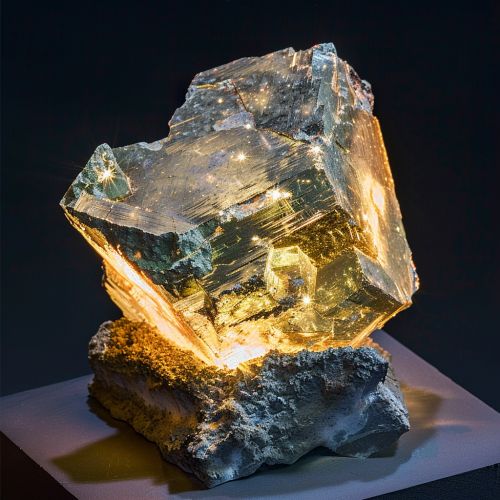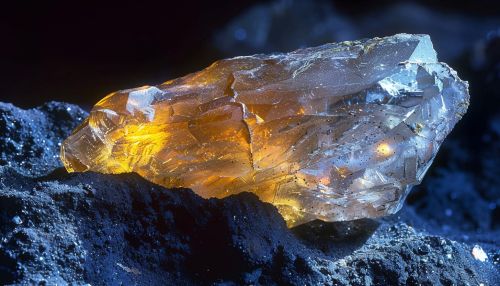Thermoluminescence Dating
Introduction
Thermoluminescence dating is a radiometric dating method used in the fields of archaeology, geology, and art history. This technique measures the amount of light energy emitted from a specimen when it is heated, which is proportional to the time elapsed since the material was last heated or exposed to sunlight.
Principles of Thermoluminescence Dating
Thermoluminescence dating is based on the principle of thermoluminescence, a phenomenon where certain minerals emit light when heated. This light emission is due to the release of stored energy, which is trapped in the crystal lattice of the mineral during its exposure to natural radiation. The amount of light emitted is directly proportional to the accumulated radiation dose, thus providing a method to date archaeological artefacts and geological sediments.


Methodology
The process of thermoluminescence dating involves several steps. First, the sample is collected, ensuring that it is not exposed to sunlight during the collection process. The sample is then prepared by grinding it into a fine powder, which is then subjected to a series of tests to determine its suitability for thermoluminescence dating. The sample is then irradiated with a known dose of radiation and heated to release the stored energy, which is measured as light. The amount of light emitted is then compared to the known radiation dose to calculate the age of the sample.
Applications
Thermoluminescence dating has a wide range of applications in various fields. In archaeology, it is used to date ceramics, pottery, and other heated materials. In geology, it is used to date sediments and rocks, as well as to determine the thermal history of a geological formation. In art history, it is used to authenticate ancient artworks and to determine the age of ancient ceramics and pottery.
Limitations
While thermoluminescence dating is a powerful tool, it also has its limitations. The accuracy of the method depends on the assumption that the radiation dose rate has remained constant over time, which may not always be the case. Furthermore, the method can only be used to date materials that have been heated or exposed to sunlight, limiting its applicability. Finally, the method requires a significant amount of sample material, which may not always be available.
